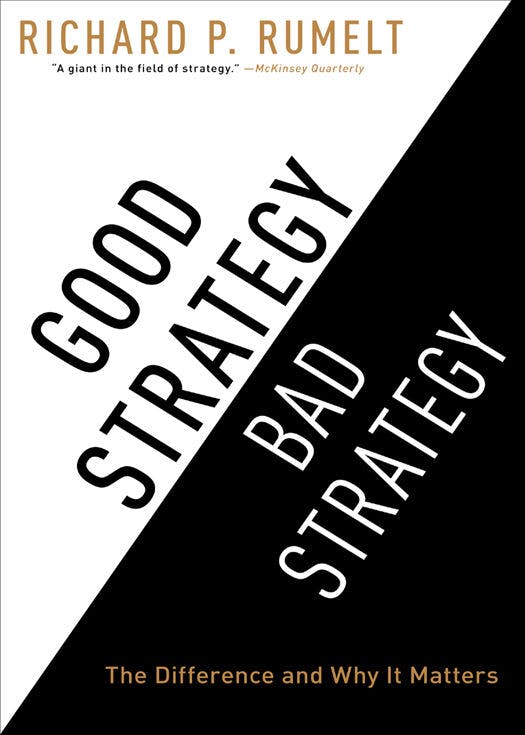the incumbent laxity and inertia that gave these upstarts their openings applies to them as well. In time, most will loosen their tight integration and begin to rely more on accumulated resources and less on clever business design. Relying on the profits accruing to accumulated resources, they will lose the discipline of tight integration, allowing independent fiefdoms to flourish and adding so many products and projects that integration becomes impossible. Faced with the natural slowing of growth over time, they will try to create an appearance of youthful vigor with bolt-on acquisitions. Then, when their resource base eventually becomes obsolete, they, too, will become prey to another generation of upstarts. It is the cycle of life. Its important lesson is that we should learn design-type strategy from an upstart’s early conquests rather than from the mature company’s posturing.2425 ↱

Good Strategy/Bad Strategy
The difference and why it matters
Richard Rumelt